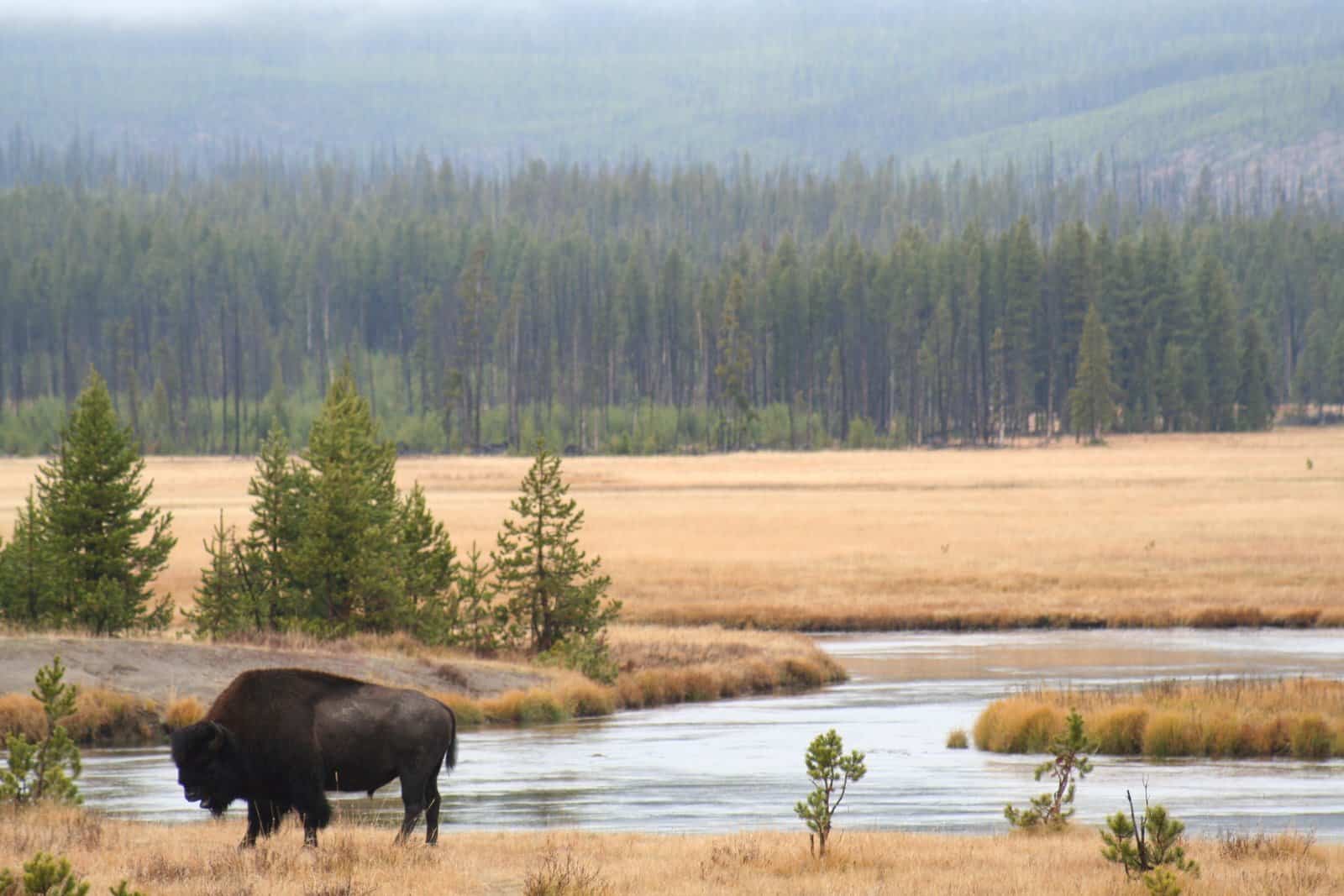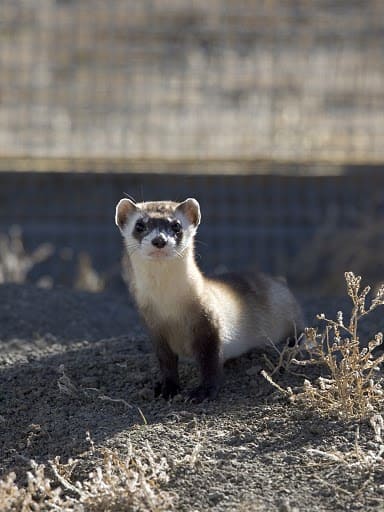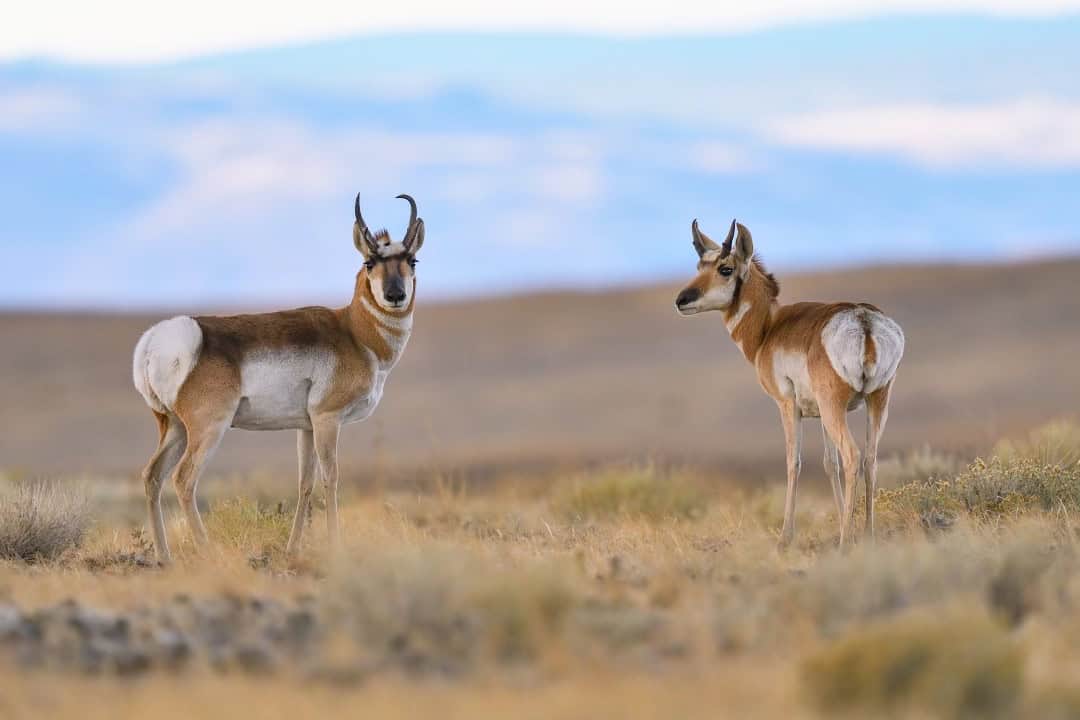Share this article
Drones more precise for seabird monitoring
Frigatebirds nesting on the ground among herbaceous vegetation in tropical areas or penguins in remote sub-Antarctic areas of Australia are difficult for some researchers to get to and monitor.
But new research, published in the journal Scientific Reports, shows drones might not only help researchers get photos of those difficult areas, but they are also more precise at monitoring the size of colonies than traditional on-the-ground counts.
“Until now, it has been unclear as to how precise drone technology might be when monitoring the size of populations of wildlife,” said Rohan Clarke, an ecologist at Monash University in Australia in a press release. “Our latest research has demonstrated that a very high degree of precision can be achieved when using drone technology to monitor wildlife.”
The researchers studied seabirds in Ashmore Reef, a tropical area, as well as Macquarie Island, a sub-Antarctic area — both in Australia. As part of the study, the team compared image counts from drones with counts done by humans on the ground of frigatebirds, terns and penguins, said Jarrod Hodgson, the lead author of the study in the release. The team also monitored the seabird colonies during drone flights to determine how the birds reacted to the drones.
The birds did not show signs of being startled by the drones, the researchers said. Further, photos the drones captured were more consistently similar than the photos taken on the ground. The authors said that the perspective of the drone, which takes photos straight down, makes it less likely to miss seabirds when taking photos. However, when people count birds from the ground other birds and terrain might obstruct some of the birds from view, they added.
Drones are already used to monitor breeding success of birds nesting in canopies as well as to survey elephants, according to Clarke. This research shows that using drones for population counts might be a better alternative to traditional on-the-ground counting. “It’s highly likely that in the future, drones will be used to monitor populations of birds and animals, especially in inaccessible areas where ground surveying is difficult or impossible,” Clarke said. “This opens up exciting new possibilities when it comes to more accurately monitoring Earth’s ecosystems.”
Header Image: Lead author Hodgson launches a fixed-wing conservation drone on the remote sub-Antarctic Macquarie Island as part of a study on how well drones can monitor seabirds. ©Jarrod Hodgson








